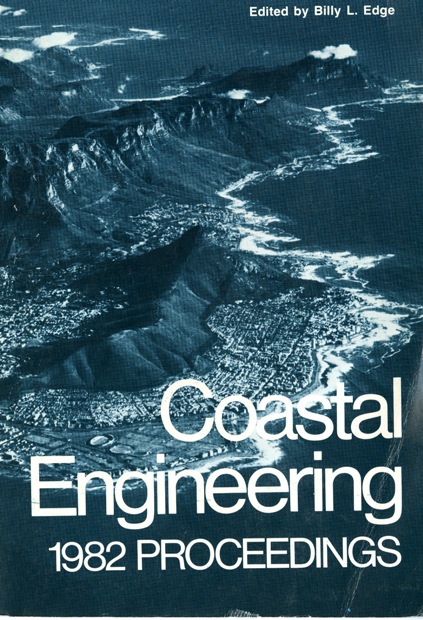Abstract
A field study was conducted at Myrtle Beach, South Carolina (U.S.A.), to determine the response of natural beaches to artificial manipulation by sand scraping. Between March 1981 and May 1982, a total of 100,000 m3 of sand was shifted from the lower beach to the backbeach on three occasions over a R-km length of shoreline. Fiftyfour profile stations were surveyed to the -1.0 meter contour as many as ten times during the study to determine the effect of scraping and fill along a stable-to-slightly erosional beach. The purpose of the scraping and fill was to provide temporary erosion relief, protect existing dunes and structures, and provide a wider recreational beach at high tide. It was found that scraping and fill had little adverse effect on the beach cycle in the northern zone of the project area, which is fronted by a natural dune system. Fill placed at a gentle slope along the seaward margin of the dunes remained in place for up to ten months before eroding to the prefill surface. In contrast, similar quantities of fill along shore protection structures in the southern zone eroded in several weeks to four months. The study found significant differences in the response of armored versus unarmored shorelines with higher erosion rates and slower recovery of the beach at armored stations.
Authors retain copyright and grant the Proceedings right of first publication with the work simultaneously licensed under a Creative Commons Attribution License that allows others to share the work with an acknowledgement of the work's authorship and initial publication in this Proceedings.

